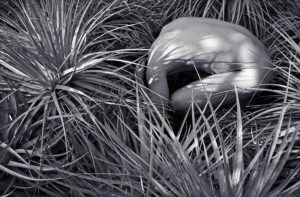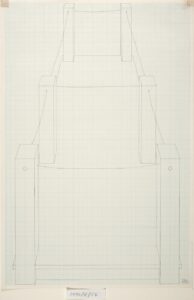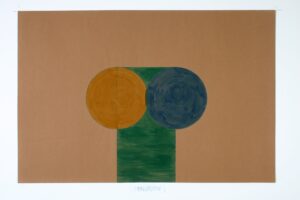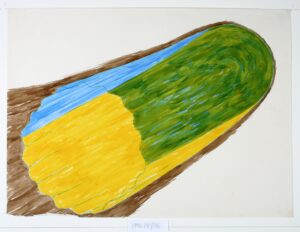May 2023: Areez Katki
Each month a member of our community is invited to browse our online collection and select six of their favourite artworks. Each My Choice selection, together with personal responses to the works, will be available to view on the Sarjeant Gallery website for one month at a time. The May 2023 My Choice has been selected by artist Areez Katki and is available to view until 31 May, 2023.
Areez Katki was born in Bombay/Mumbai, India in 1989. He is a multidisciplinary artist & writer whose practice explores his genetic heritage and landscape through embroidery, tapestry, weaving, beading, painting, printmaking and sculpture.
Katki’s work addresses the social constructs of spirituality, identity and sexuality while, at the same time, raising questions about the political nature of craft itself. With a background in Art History Katki proudly proclaims his role as a craftsperson within the realm of contemporary art.
Katki is the current artist-in-residence at Tylee Cottage, where he will be based until July, 2023.
See Areez’s selections on our Explore the Collection ‘My Choice Exhibition Series’ highlight here and below:









